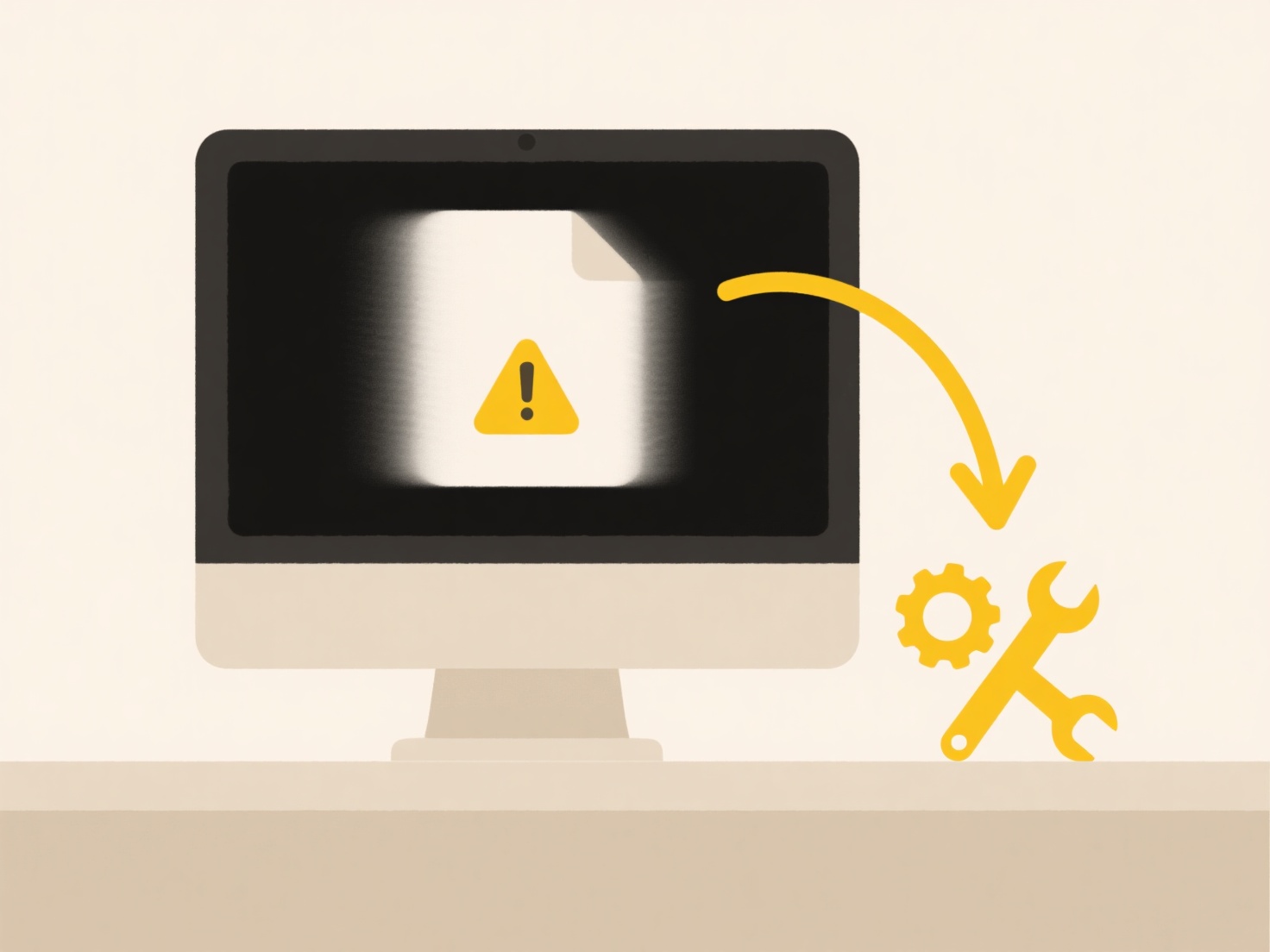
Files typically open with unexpected applications when your operating system’s default file associations are changed. Each file type (identified by its extension like .jpg or .pdf) is linked to a specific program. This setting controls which app automatically launches when you double-click a file. If an app update, software installation, or manual setting change alters this link, your file may open incorrectly.

For example, installing a new photo manager could reset .png files to open with that app instead of your preferred editor. On Windows, iOS, Android, or macOS, a system-wide preference (like "Open with > Always") might override your typical settings. This also occurs when transferring files between devices with different default apps, such as opening a video file on a new computer where the default player differs.
The primary advantage is automated convenience, but limitations include user confusion when settings shift unexpectedly. Future developments aim for smarter detection (like content-based defaults) to reduce errors. While not an ethical concern, frequent mismatches highlight usability challenges, particularly for less technical users. Regularly reviewing settings post-installation helps maintain intended functionality.
Why does my file open with the wrong application?
Files typically open with unexpected applications when your operating system’s default file associations are changed. Each file type (identified by its extension like .jpg or .pdf) is linked to a specific program. This setting controls which app automatically launches when you double-click a file. If an app update, software installation, or manual setting change alters this link, your file may open incorrectly.

For example, installing a new photo manager could reset .png files to open with that app instead of your preferred editor. On Windows, iOS, Android, or macOS, a system-wide preference (like "Open with > Always") might override your typical settings. This also occurs when transferring files between devices with different default apps, such as opening a video file on a new computer where the default player differs.
The primary advantage is automated convenience, but limitations include user confusion when settings shift unexpectedly. Future developments aim for smarter detection (like content-based defaults) to reduce errors. While not an ethical concern, frequent mismatches highlight usability challenges, particularly for less technical users. Regularly reviewing settings post-installation helps maintain intended functionality.
Quick Article Links
Why do temporary files fail to open?
Temporary files are short-lived data created by applications or the operating system for tasks like document editing, so...
How do I detect file sync loops or recursive duplication?
File sync loops occur when file synchronization processes inadvertently create duplicate files that trigger additional s...
What is a .json file used for?
A JSON file stores structured data using plain text formatted with JavaScript Object Notation. It organizes information ...